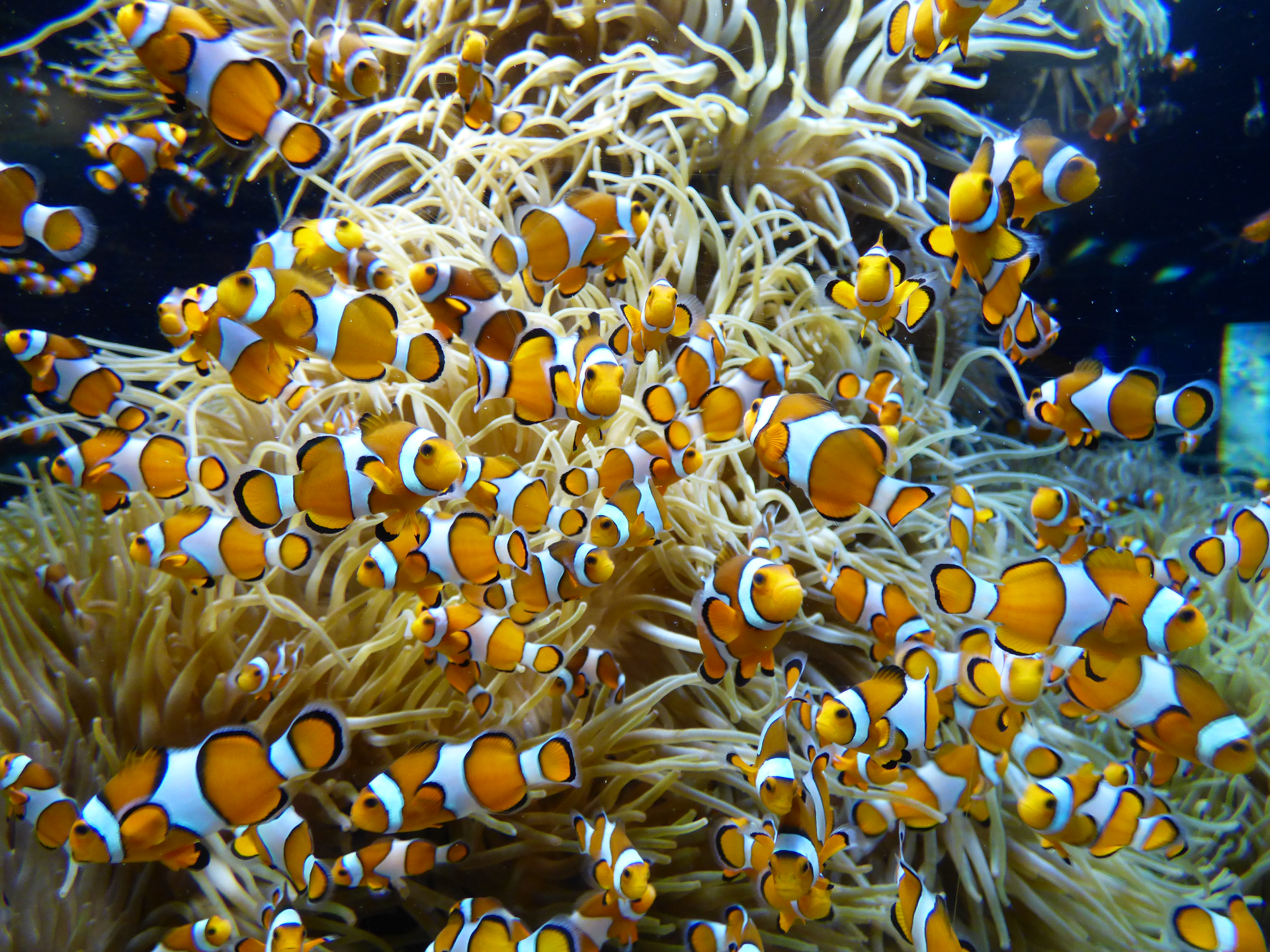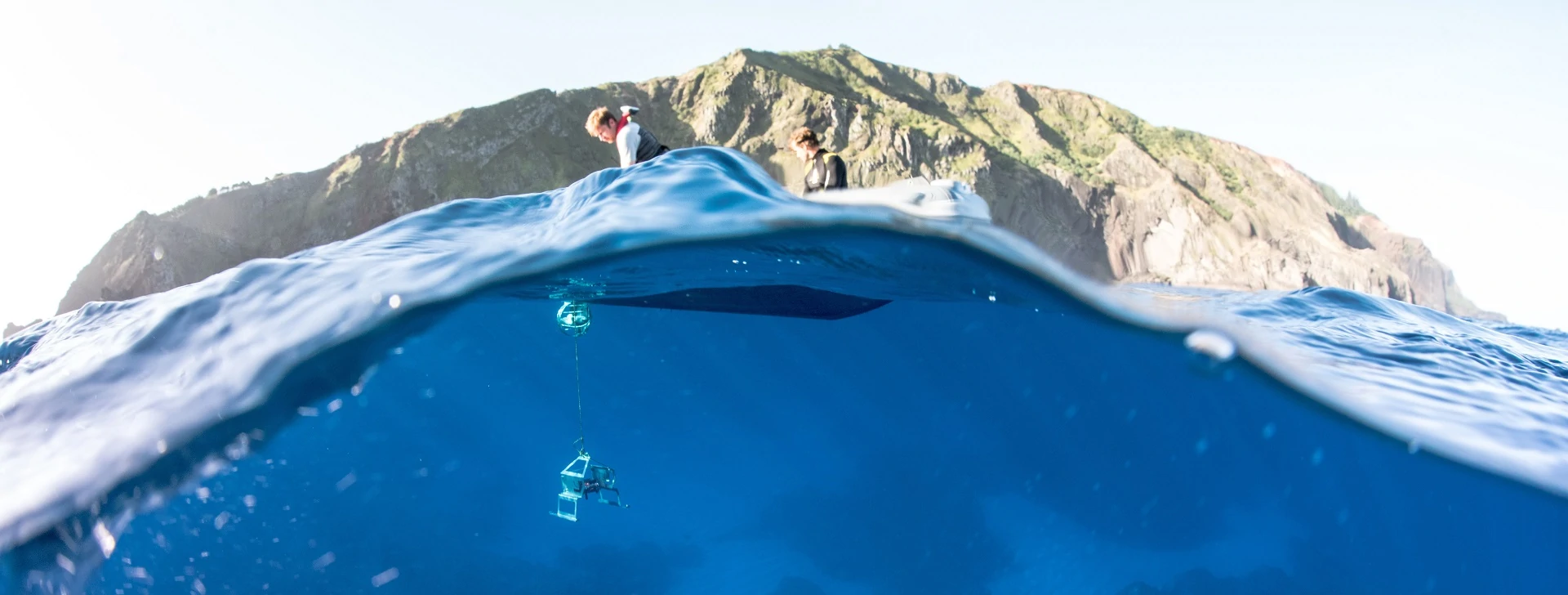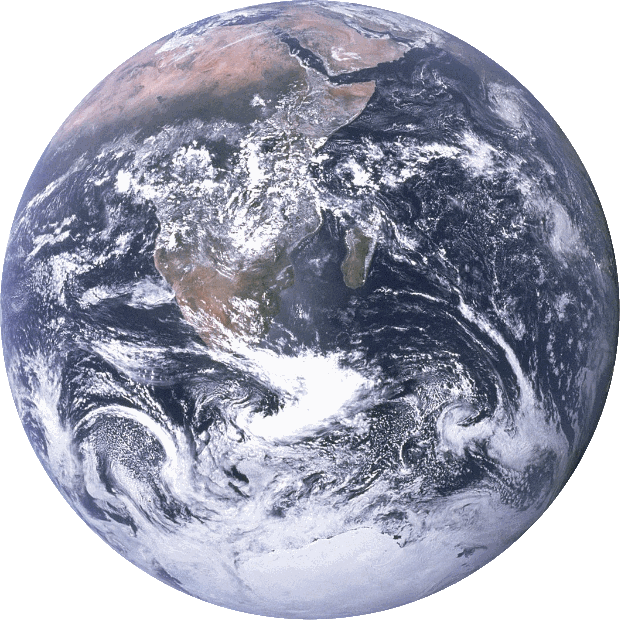DOI: 10.14466/CefasDataHub.65
CLiP Solomon Islands Marine Litter Abundance and Composition
Description
This dataset contains 2 csv files. The file SolomonMarineLitterData.csv contains data on litter found on marine beaches in Solomon Islands between November 2018 and January 2019. The number of itemsis reported for each litter category. The list of litter categories was obtain merging OSPAR and Tangaroa Blue protocols with the addition of region-specific items, which are marked with '*'. An array of metadata (location names, survey date, GPS coordinates in decimal degrees) is also reported per each data point. The file SolomonMarineLitterMetadata.csv reports other metadata collected during the surveys following the OSPAR protocol to describe factors potentially influencing litter characteristics. A READ-ME text file contains a legend of the columns of the csv files. This dataset contains 3 csv files. One file contains data on marine litter abundance and composition expressed in number of items per category. One file contains location names and GPS coordinates in decimal degrees. One file contains metadata collected during the clean-ups. A READ-ME text file contains description of columns content for the three csv files. Marine litter items were collected during beach clean-ups on Guadalcanal Island (Solomon Islands) between November 2018 and January 2019. Category list was obtain merging OSPAR and Tangaroa Blue protocols with the addition of region-specific items. The United Nations Environment Programme (UNEP) defines marine litter as 'any persistent, manufactured or processed solid material discarded, disposed of or abandoned in the marine and coastal environment'. The data were collected on six sandy beaches on Guadalcanal Island in Solomon Islands between November 2018 and January 2019. Marine litter items were removed from a 100 m linear transects (if not otherwise stated in the comments/metadata) between the high tide line and the back of the beach. The latter was identified by change in topography and/or vegetation. The items are divided in 11 material-categories (Plastic, Rubber, Textile, Paper, Wood, Metal, Glass, Ceramic, Sanitary, Medical, Other) and 168 sub categories (specific items). The list of categories was obtained by merging protocols from OSPAR and Tangaroa Blue and was expanded with country-specific items found more frequently during initial clean-ups (the number of items for these latter categories had been annotated even before their official inclusion in the list). The country-specific categories are marked by '*' after their name. Metadata were collected between the high tide line and the back of the beach as per OSPAR protocol. All data were collected by or under the supervision of CEFAS personnel, but some trainees helped during some of the activities. GPS positions at the start and end of the transects are reported for each activity. Clean-ups undertaken on the same beach targeted the same transect with a higher accuracy than GPS instrumentation, so the GPS coordinates are the same. All items were removed from the beach and properly disposed of and recycled (where possible).
Contributors
Cefas Marine Litter Team / Silburn, Briony / Kohler, Peter / Binetti, Umberto / Russell, Josie / Solomon Islands Ministry of Environment, Climate Change and Disaster Management / Solomon Islands Government Interns
Subject
Litter abundance and type / Marine litter
Start Date
24/11/2018
End Date
24/01/2019
Year Published
2019
Version
2
Citation
Cefas Marine Litter Team et al (2019). CLiP Solomon Islands Marine Litter Abundance and Composition. Cefas, UK. V3. doi: https://doi.org/10.14466/CefasDataHub.65
Rights List
DOI
10.14466/CefasDataHub.65


